The garden in early November
In my last article I dealt with over zealous pruning which has got me thinking on pruning in general , why you prune and is it necessary to prune at all because in the wild where there is no one to prune so how does nature cope ? Of course in the natural forests pruning happens well … naturally .. in that trees , shrubs are kept in check by predators who eat and who depend on trees and shrubs for food , animals as diverse as elephants , giraffes , deer , bears , rabbits etc. all eat huge quantities of branches and leaves , often eating a plant to the ground and then there are natural cathastrophes such as forest fires caused by lightning strikes, floods etc. all of which control and restrict growth in the wild . So our gardening type pruning is not natural but is desirable in certain cases in gardens but I stress … not necessary .
We prune for several reasons and most basically to get the plant to grow into the shape we want to fit into our gardens , in some cases to rejuvenate an old tree or shrub that has gone all woody or straggly .. cosmetic reasons really if you like which applies even when cutting out dead , diseased or damaged branches because nature will in time look after dead branches .
Personally I prune to strengthen the plant by cutting back to encourage growth and I rarely will cut a branch just because it is impeding another plant as I let plants both trees and shrubs compete for space as happens in nature and this of course is the core of Robinsonian wild gardening principles which do not believe in any intervention by the gardener and which goes so far as to not prop up a tree that has fallen . Having said that I will intervene if a very expensive or rare tree is being leaned on by a common plant ….. principles tend to go out the window when dealing with expensive acers and oak trees !
In the end every gardener prunes and you need to learn the basics of pruning , when to do it , how and where to cut and the best advice I can give is that the aspiring pruner should regularly chat to their garden centres who will all have knowledgeable staff willing to share their expertise …otherwise beg steal or borrow your nearest gardening neighbour !
Late October can be depressing as all around you there are plants dying at the end of their season and while I know that is the natural cycle and all things have their season and that also all plants need their dormant period to store up reserves for next season but still I find it sad that the current season is over and that it was only a short six months ago when you were excited about the unfurling leaves of the gunnera and the hostas just beginning to peep out of the ground … and wondering where are the slug tox pellets when you need them !!
Yet there can also be heart stopping moments even with the dying of the light and today there was one of them when I walked past the rhus cotinus where the setting sun had back lighted the gorgeous purple of the variety Grace .
Today I finally got around to giving the final mow to our stretch of wildflower meadow …. basically a nutrient rich wet area which got too boggy a few years ago to drive through it with the mower so a “ wildflower ” meadow was born ! Because of the dampness and the rich soil this strip is not suitable for your classic wildflower plants which need a thin dry impoverished soil to do well in so we get a variety of loosestrife , meadow sweet , astilbe and a marvellous array of docks ( which if you can get over the fact that they are a deep rooted and long lived weed , have a nice foliage ) and to this I have added wild iris and rush dug up from the water garden areas together with some willows and some gunnera and slowly it is beginning to have a structure .
I didn’t get around to cutting this stretch in early September as is the proper time according to the perceived gardening wisdom when you are also told to rake up all the cuttings as otherwise it goes back into the ground and acts as nutrients which inturn makes the soil too rich … I didn’t feel like it at that time and today I felt like a bit of scything so that is why the job was done two months late !
Gardening is meant to be enjoyable and fun which is why I agree with the advice once given by a famous gardener when asked when was the best time to prune roses replied “ whenever you happen to be beside the plant with a pair of secateurs in your hand ” !
Bunny Guinness writing in last weekend’s Times gave her gardening column over to wild flower meadows and mentioned that she “ cheated ” when laying hers by buying metre wide squares of Q Lawns Traditional Meadow Mat and laying them in various sections over poor sandy ground which was sprayed off first with a total weed killer … each mat will contain 30 species of native wildflowers ( can be ordered through meadowmat.com ) and should come back year after year .
I am all for “ cheating ” nature now and again but the attraction for me in growing a wildflower area is that it should be as self sown with as many blown in specimens as possible and as with all self seeders I love the idea that the plant has chosen you .
That said nature needs to be given a helping hand when sowing a wildflower patch or it just won’t happen in that patch you call your garden so you need to spray off the existing grass and weeds to allow your new plants a fighting chance of survival , then rake in sand , gravel to leave a top tilth of 3 three to four inches ( no more ) of poorish soil … next select your wildflower mix seed and water in .
You will always get results with that first sowing and generally a good first year but the trick is to see if it will come back again next year and if it does then every year you can introduce plugs of desireable plants to the mix … never feed of course as too rich a soil and you will only encourage the grass and weeds to take over and you are back to square one .
While cutting today a little dormouse popped up and legged it to the ditch and I immediately gave his area a wide berth as again I like the idea that the garden is providing a home for wild life … OK a cuddly squirrel or long tailed fox and even the bambis are preferable to dormice ( or rats ) but you can’t be selective in the garden animals you attract !!
Like all woodland gardens we have a lot of bat flying around , small furry guys (unlike the huge fruit bats I used see when working for two years in the Seychelles which had a wing span like a heron and used to hang upside down outside the house ) and during the summer one small bat takes up residence each year inside the garden canopy down at the tree house with the result that I can’t open the canopy as it will disturb it during his / her day time snooze although now and again I open it to allow visitors a peek at our furry friend who don’t seem to mind being woken up now and again .
I asked a wild life expert about this occurrence who said that bats in the summer months sometimes adopt an unusual spot like this where they feel safe and can sleep up during the day but that come the cold weather bats will always move into warmer permanent winter quarters where they hibernate over the winter . I have noticed that as soon as I close up the canopy in the summer which I normally do if windy weather is predicted then the bat moves back in straight away and I don’t like to dislodge the little thing who as I said doesen’t seem to mind being looked at and occasionally it has fallen out and I have put it back immediately and it is not in the least bit fazed by the contact .
People ask me and I in turn ask other gardeners when is the best time to move and divide perennials and I know gardeners who move plants ( although not divide ) all year but as a rule Autumn is considered the best time as the ground is still warm and this allows plants time to put down its roots before winter closes down growth . Personally I get most of my splitting and moving plants done in October / November apart from grasses such as miscanthus which does not like to be moved until spring and anyway why move grasses when their dead foliage looks good throughout winter when there won’t be much else visible anyway .
One gardening article I read recently had a formula that anything that flowered before midsummer i.e. June 21st could be divided in the autumn and anything flowering later than end of June could be divided or cut back in spring but like pruning my view is that whenever you have time between October and March is fine apart from the specialist plants like grasses and agapanthus which should only be lifted / divided in spring .
This week I received several huge chunks of various hostas that were being lifted and thrown out during reconstruction work on a garden and hostas are the easiest plants to lift and divide as they come out of the ground without a problem and with all their root systems intact and to divide them just select your spot and drive a spade through the clump and every section you cut off will quite happily grow away in their new homes without any fuss … in fact it is recommended that you divide up hostas every few years as the centres can grow woody over time and once you have a hosta you can happily propagate from it every autumn . It doesen’t seem to matter how small a piece ( even a fist size ) you cut off as no matter how small they will all grow after a year or two into large plants .
Normally I plant the big leaved sieboldiana varieties , usually Elegans , in groups of three and I am not a fan of mixing either leaf size or colour so because these donated clumps cannot be identified in their present dormant stage I will plant them singly in temporary positions throughout the borders until I can identify which variety and then move them to permanent positions ….. any hosta though can be found a place !
Throughout the year but particularly these past few weeks the floor of the conifer wood has been full of wild mushrooms of all shapes , sizes and colours , a foragers paradise …. not for me though as I don’t know enough about wild mushrooms to know which is safe to eat and it is just not worth the risk of permanent kidney damage to think you can identify the deadly varieties from books and I remember the case a few years ago in the UK when the writer Nicholas Evans ( he wrote the Horse Whisperer ) picked wild mushrooms in a wood with his wife and three daughters and all five went into kidney failure shock and almost died in the following days and since then all five have had kidney transplants .
So no thank you I prefer my mushrooms to come cling wrapped from the supermarket then to play Russian roulette with specimens like in the attached photos good and all as they look !
Gardening as we all know is therapeutic ( good luck with that in the few days prior to a Garden Open Weekend ) and I was reminded forcibly of that back in the 90’s when working in Bosnia just weeks after the end of their savage civil war … I was based in a town in North Eastern Bosnia close to the borders with Croatia and Serbia and after three years had got used and immune to the total devastation all around both my office and the neighbourhood I lived in , bombed out housing estates with ruined shells of houses whose occupants had all been ethnically cleansed or killed , huge areas roped off for mine fields , concentration camp and rape sites …one evening out for a walk in the middle of the former front line I came across a house whose owner had developed a marvellous garden , full of water features , miniature Japanese bridges , even a few garden gnomes , all lovingly tended and maintained , a garden that would not look out of place in any Irish suburb … in the years that followed as people in the town got their lives back together more gardens were recreated but this guy was the first … someone who obviously decided this is my signal to leave the years of darkness behind .. I never met the owner but I never forgot the impression that garden made on me in the middle of chaos .


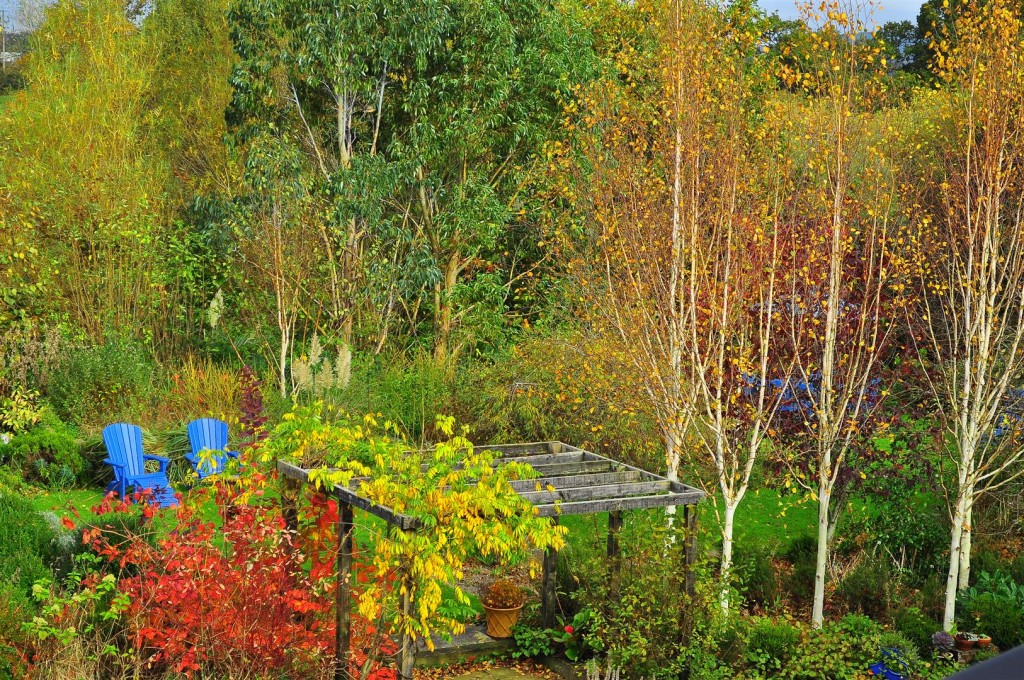
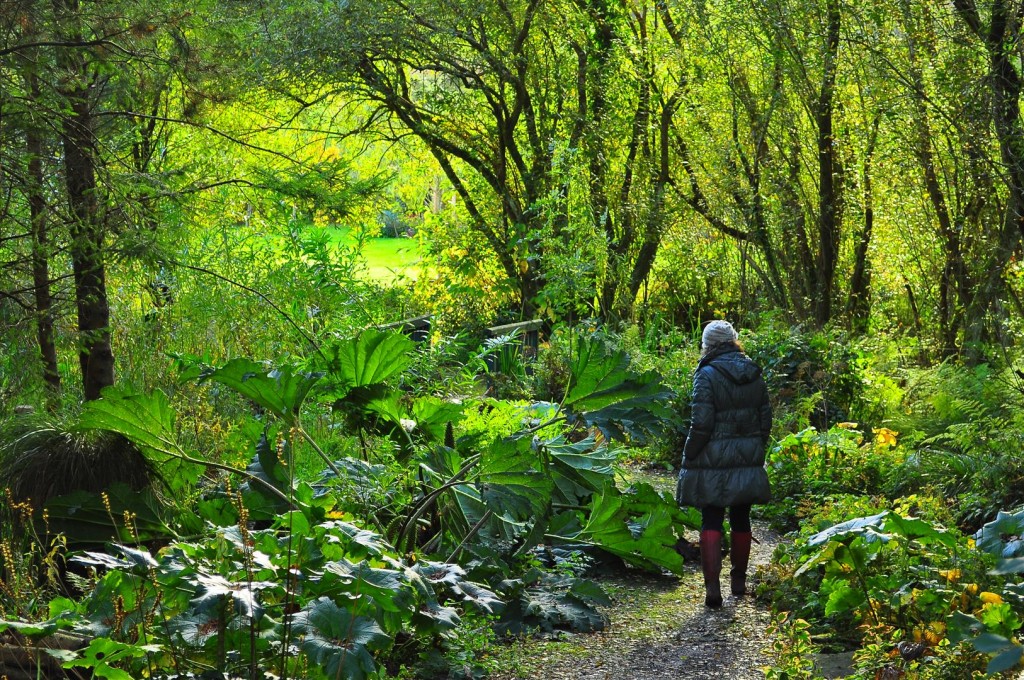
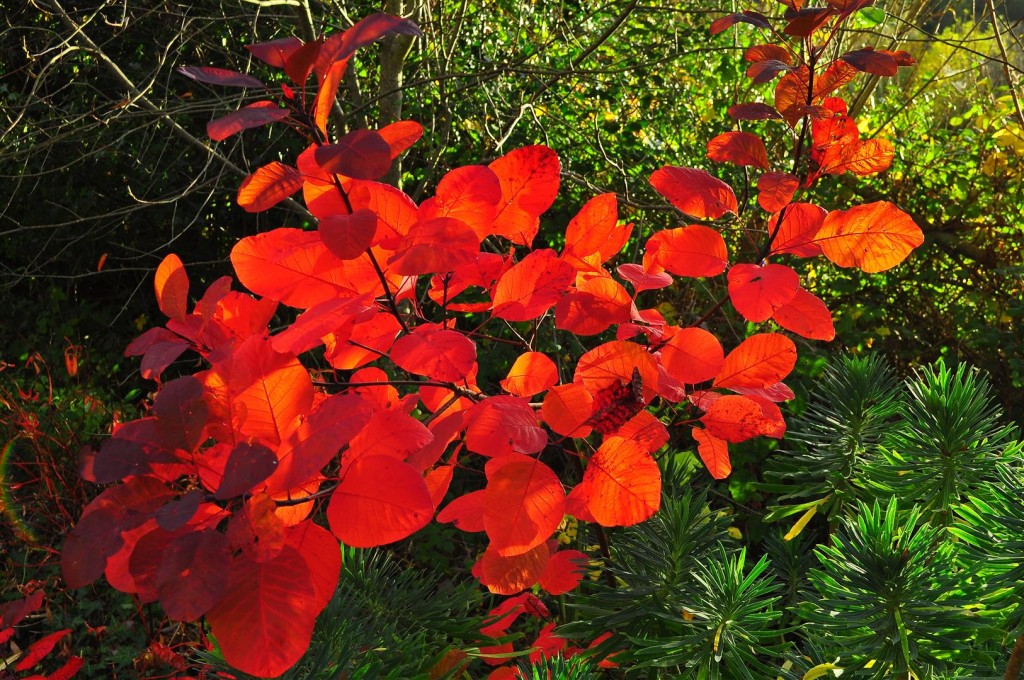
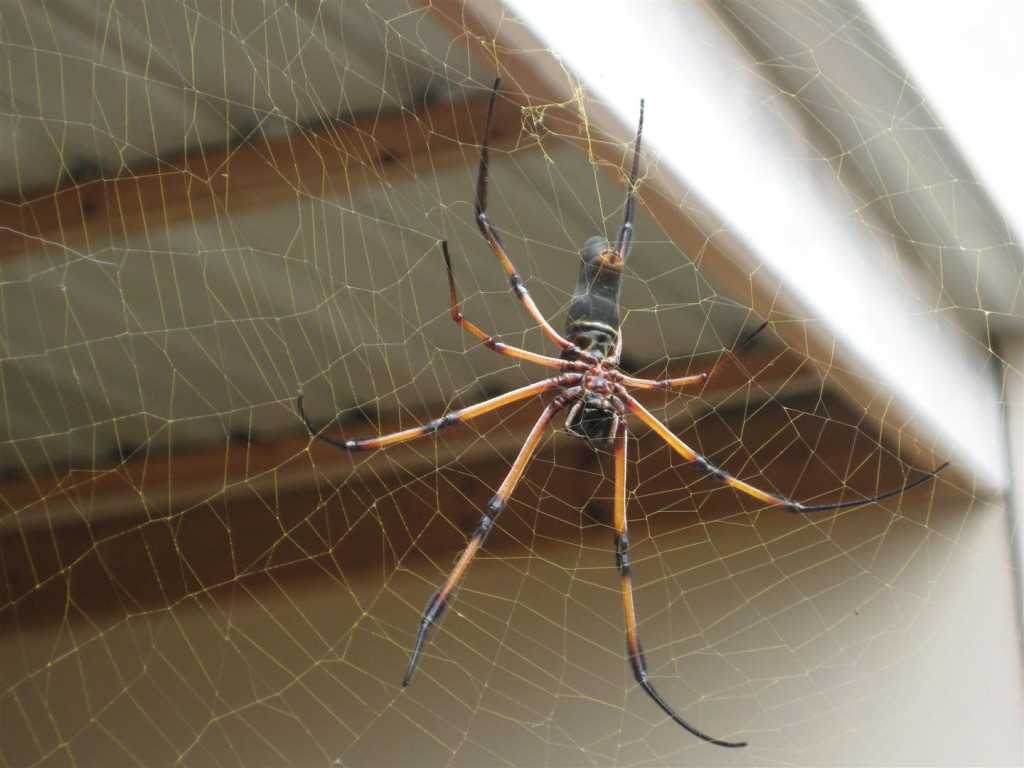
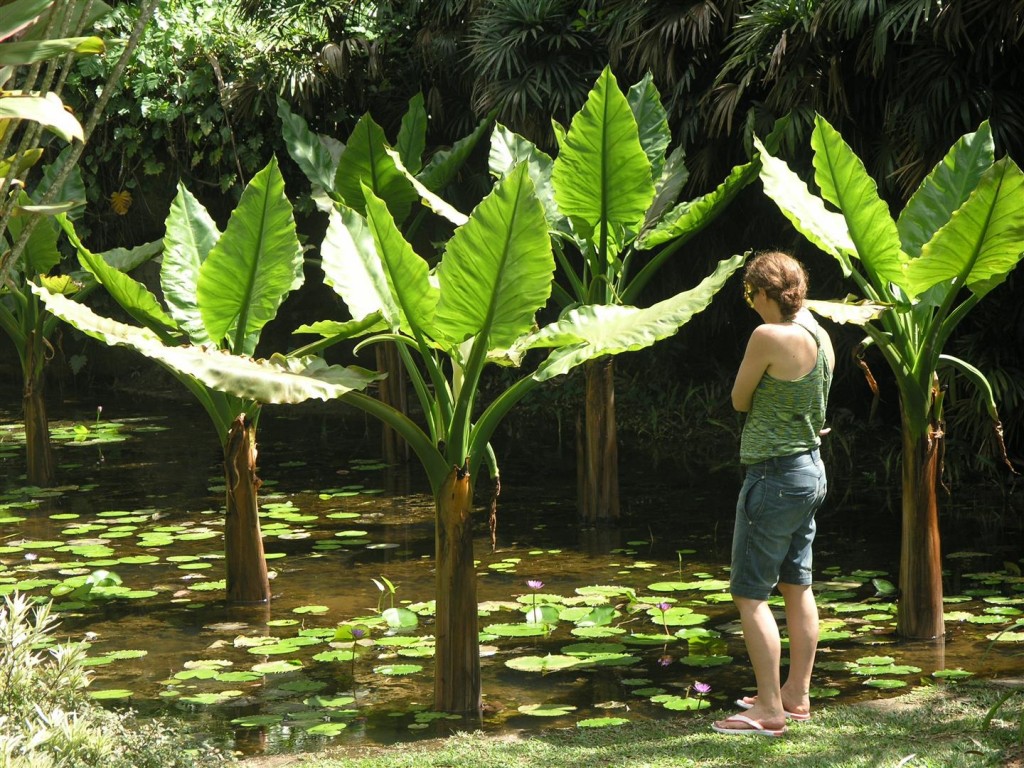
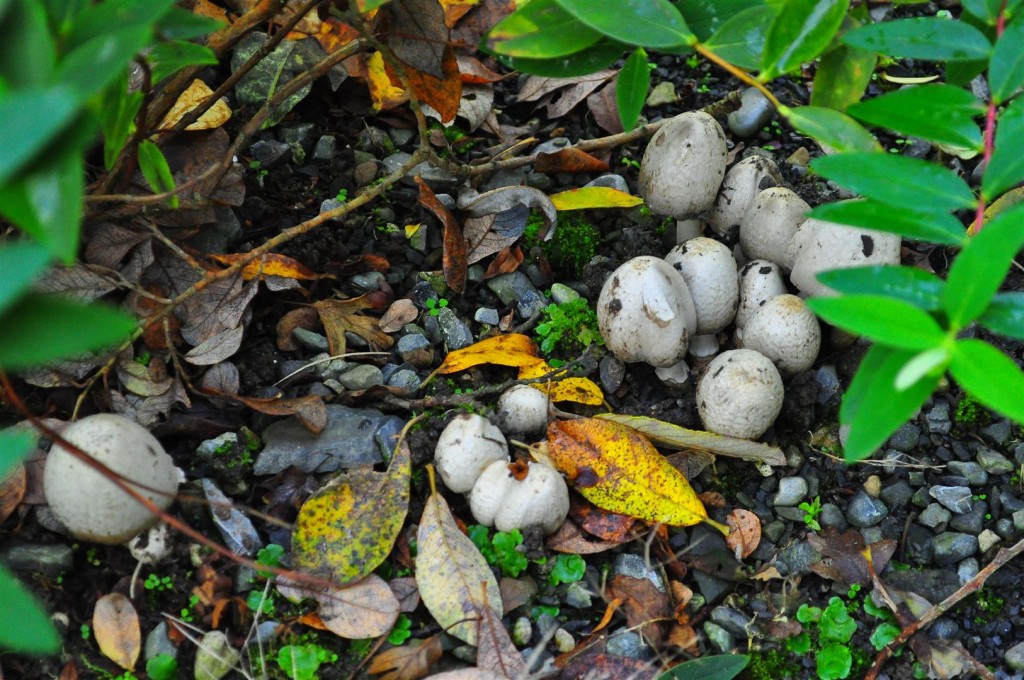
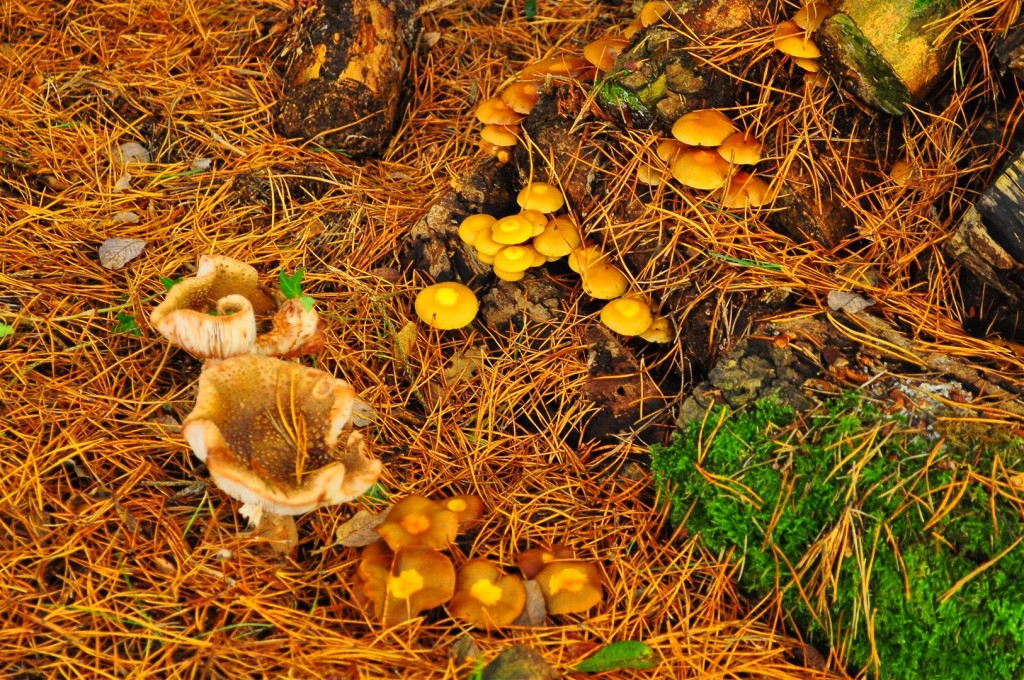
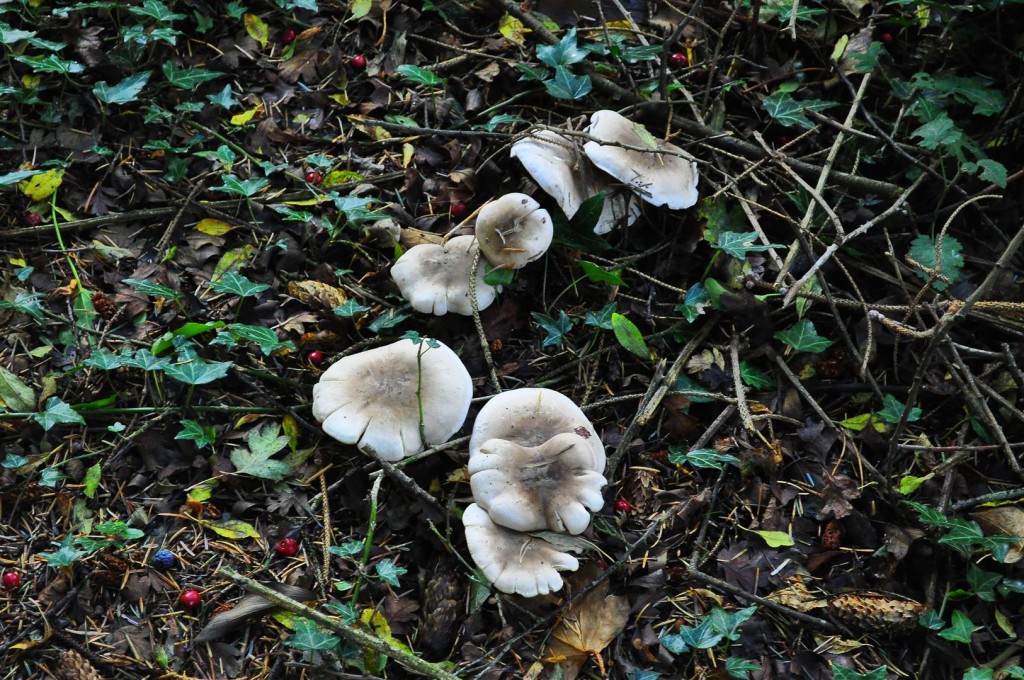

Leave a Reply